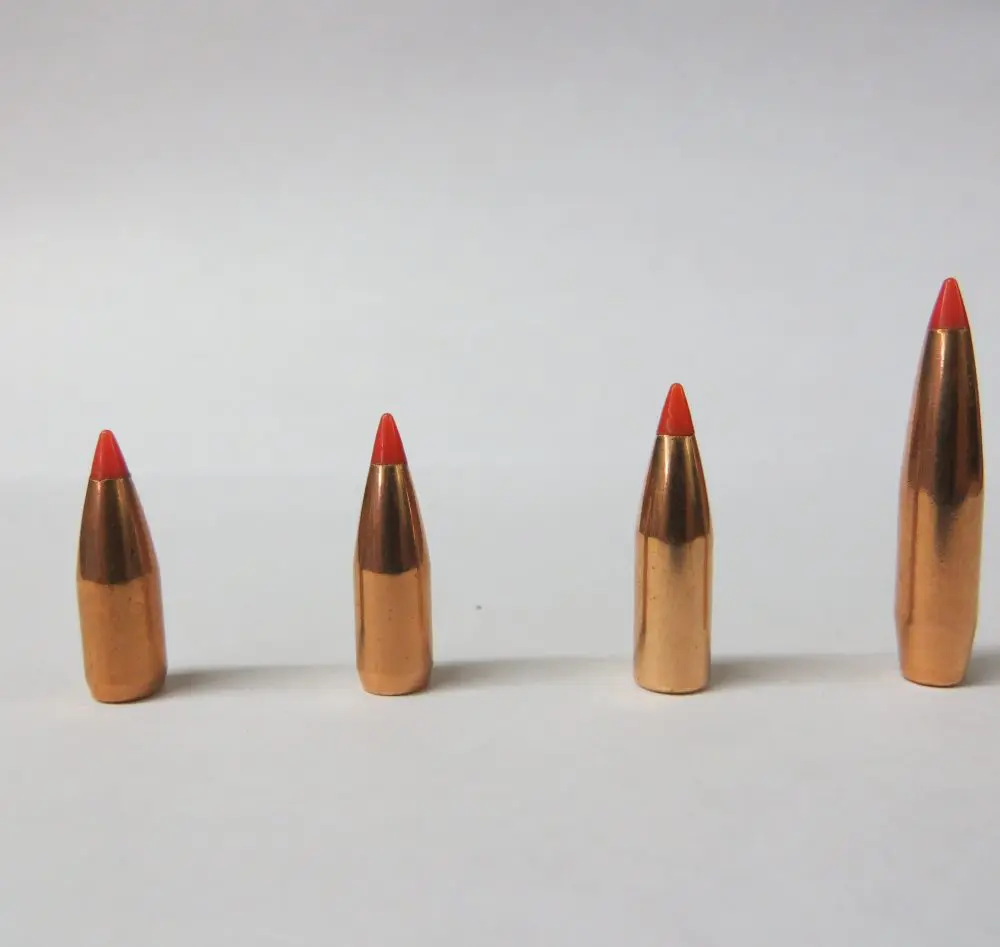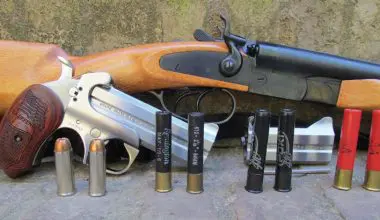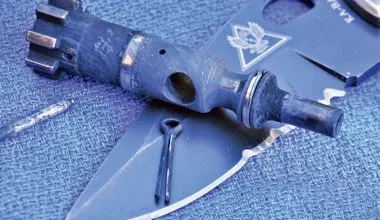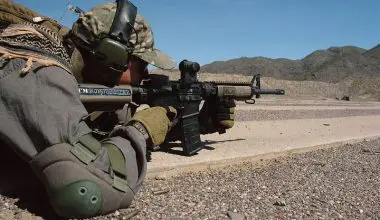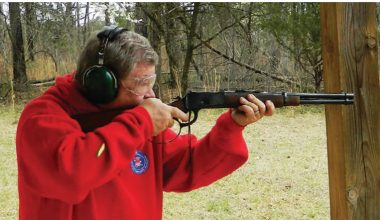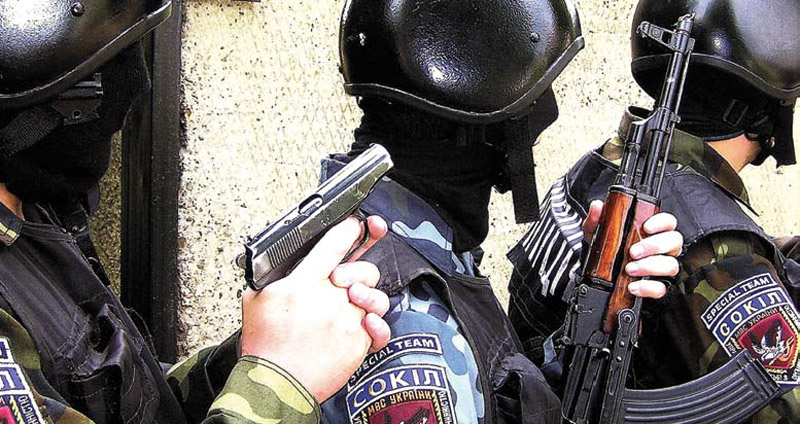
A few months ago, I ran into a friend who’s a retired St. Louis Police homicide detective. A Marine in Korea and an early member of the St. Louis Police Hostage Rescue Team, he carried a 1911 as a “backup” to his Model 10 or Model 36 when he was on the streets. When I saw him this time, he was carrying a Makarov for his HR218 pistol.
This guy was known for being very hardcore during his career, and my experience has been that he knows guns. He laid out his reasons for choosing the Makarov: compact, safe, easy to carry, ready for action, relatively powerful, and inexpensive, both gun and ammo. I hadn’t shot my Makarov for a couple of years, so I took it out of the safe to get some shooting in with it.
When shooting it, I did some of the drills I’d learned working with special police units in Russia, and I’d like to discuss the Makarov based on my experiences with people who carried it as their issue weapon. If I set out to write about the pistols carried by U.S. military and police personnel, I’d have to do a book. If I set out to write about the pistols carried by Russian military and police personnel, I’d write about the Makarov. There are a few exceptions.
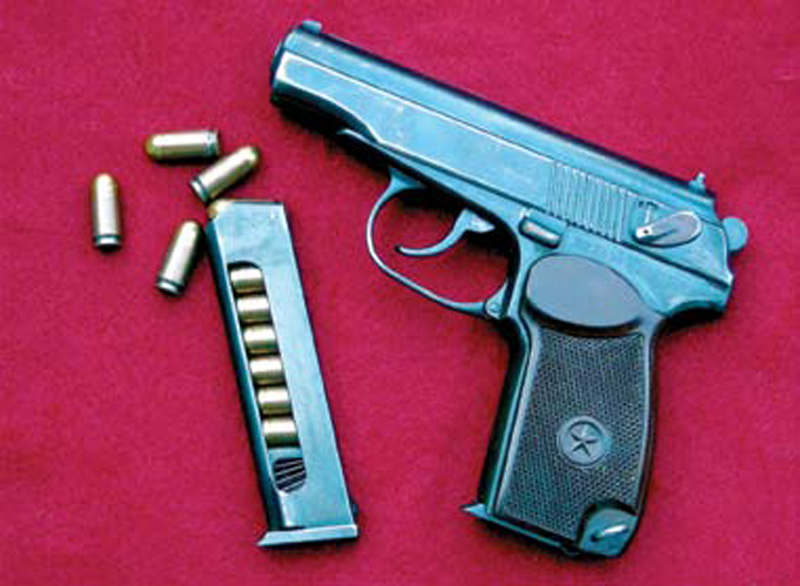
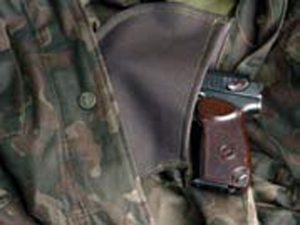
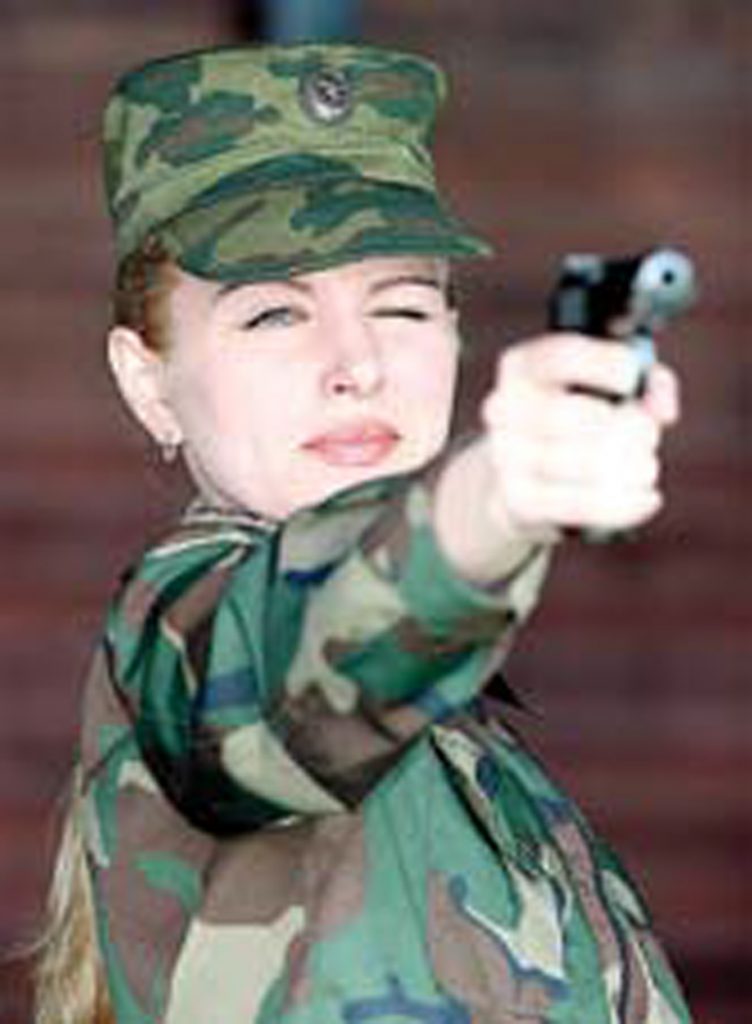
Table of Contents
MAKAROV MODELS
The standard Makarov is the PM. There is also the PMM, which is an improved version designed to fire a hotter 9x18mm round and with a 12-round magazine. The only people I actually saw carrying the PMM were guys on a close-protection team. One of them, who was ex-KGB close protection, told me that the embassy in Washington used to pick up the VIP protection columns I wrote and have them translated, and that he had always agreed with me about the advantages of high-cap pistols for bodyguards—go figure!
With some Spetsnaz units, I also saw the Model PB/6P9, which is a suppressed pistol based on the Makarov PM. What is interesting is that the PB has a twopart suppressor. The rear part is integral around the barrel and drilled to decrease muzzle velocity below the speed of sound, while the front detachable part is the suppressor. It comes with a holster to carry the pistol, with the front part of the suppressor detached and in a pocket in the holster.
The last time I was in Russia, the PM remained the standard police pistol with most law enforcement agencies, including those in Moscow, St. Petersburg and other big cities. However, the guys who worked patrol in rough neighborhoods or with anti-Mafia units carried an AKSU in addition to the PM. I worked with some anti-Mafia guys and both official and private close-protection teams. The designations “official” and “private” sometimes blurred, as some units with a counterterrorist mission worked what we would call “secondary” on close-protection assignments.
One team that I worked with guarded television news people, because many in Russia did not appreciate “investigative journalism.” It appeared that they were supposed to carry their PMs when working close protection, but the AKSUs seemed to be available, no doubt because they were on call for their day job! I was never quite clear on carrying off duty.
From what I could tell, the anti-Mafia guys carried their PMs all the time. At least one guy carried two, because he slipped me one a couple of times even though he thought I was a wimp because I limited myself to one vodka and one Russian champagne when we went out. By the way, my Russian cop friends judged their “eating places” not by the quality and quantity of food, but by the availability of cheap vodka. They gave the term “cop bar” real meaning….
PRIMARY OR SECONDARY
Most of the Russians with whom I had contact seemed satisfied with their Makarovs. For many, it was a secondary weapon to the AKSU or AKS-74. For private bodyguards, however, the Makarov was the primary weapon. They spent a lot of time practicing Systema, the Russian combat martial art. Sambo is the sport version. They also spent some time shooting. I shot with some units and also with some private security people and taught them a few techniques they thought were useful.
Some of the bodyguards were exSpetsnaz and brought their firearms training to their new career. I was especially impressed with the female bodyguards. Attractive and well dressed, they often guarded businessmen by posing as assistants or secretaries and—armed with their Makarovs—went into conferences with them while the rest of the protective team waited outside. One tall blonde was an exceptional shooter. She’d been a topclass competitive shooter in the days of the Soviet Union.
I did some drills with the ex-Spetsnaz guys. One of their favorites involved lying on your side and engaging targets at seven meters, then rolling onto your back and engaging, then rolling onto the other side and engaging. I actually got pretty good at it, and repeated the drill when working on this article.
They also did a lot of shooting on the move. The Spetsnaz love making people run through fire and smoke, and they included that at least once when I was shooting. It does increase the stress level a bit. They also do support-hand shooting, malfunction drills and speed reloads. Of course, every Makarov I saw was issued with only one spare magazine and a box of 16 9x18mm rounds.
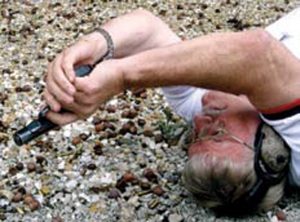
CARRY METHODS
At least in St. Petersburg, traffic police and other static or foot patrol personnel carry a Makarov PM in a flapped holster with one spare magazine. Often, the only thing I noticed on their rather flimsy belt was the holster. There were no keepers, so it tended to slide around to various positions.
One of the neatest ways of carrying the Makarov that I saw was by some military personnel. For some units, there is a leather Makarov holster built into their camouflage jackets. Just by thrusting the hand through the unbuttoned top button or two, the Makarov was in the hand. This allowed personnel to walk around on certain duties, apparently unarmed but still packing their Maks. I brought back a jacket of this type that had been issued to the Naval Infantry (Russian Marines). I found it very clever and useful for situations when the military was deployed but was expected to look “non-threatening.”
HISTORY
The Makarov was adopted as the standard Soviet sidearm in 1951 and, though in the process of replacement, remains in use today. It was based on the Walther PP/PPK design and retains many of the excellent features of those pistols, but with Russian durability. But there are a few features those familiar with the PP or PPK have to adjust to with the Makarov. The operation of the hammer drop safety is reversed. Pushing it up drops the hammer and down allows the PM to be fired. Also, when the safety is in the up position, the slide is locked. For those used to putting the safety of their PPK on, then safely chambering a round, this will not work on the Makarov. The loading drill is safety off, chamber a round, push the safety up to drop the hammer, then push the safety down to prepare the pistol for a DA first round.
As well as the Soviet Union, East Germany, Bulgaria, and China made Makarovs, and the pistols have turned up in many parts of the Third World. When I used to do “working in dangerous lands” courses that included disarming attackers and turning their weapons on them, I always incorporated the Makarov. The last I knew, a lot of the republics that used to be part of the Soviet Union but are now independent states have retained the Makarov. The Ukraine, for example, still makes wide use of the PM.
For many years, the Makarov was rarely seen in the U.S., but many were imported over the last 20 years, and it has proven very popular as a home defense or concealed carry handgun with those who are not real “gun people.” On the other hand, I do think the Makarov is a good choice, and I’m a “gun person.” Whether on the streets of Moscow or Miami, it’s a very reliable pistol.
Good ammo is available in the U.S., including Hornady XTP and Cor-Bon. With those loads, the 9x18mm offers performance not that much below the 9x19mm. There are some special Makarov loads available in Russia as well, including one for their air marshals.
I like the Makarov and think it is a viable combat pistol, assuming a competent shooter does his part with shot placement. Although I have carried the Makarov in some other places in the past, I don’t generally carry one today.
I shoot mine because I like it and it makes me think of my Russian friends. After a day of shooting it, I should probably toast them with a shot of vodka—but only once, because I’m a vodka wimp!
